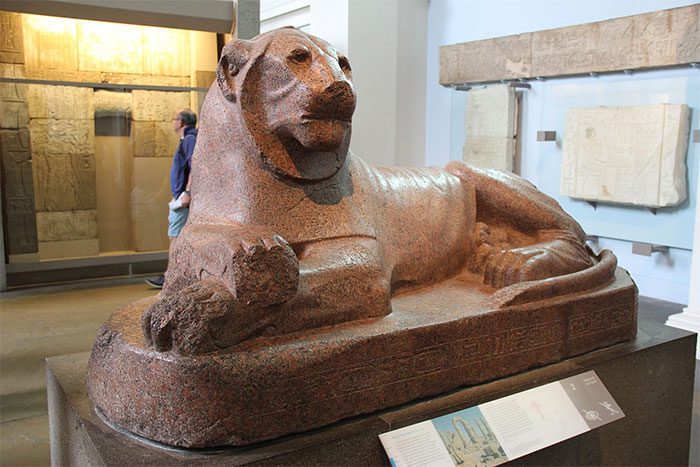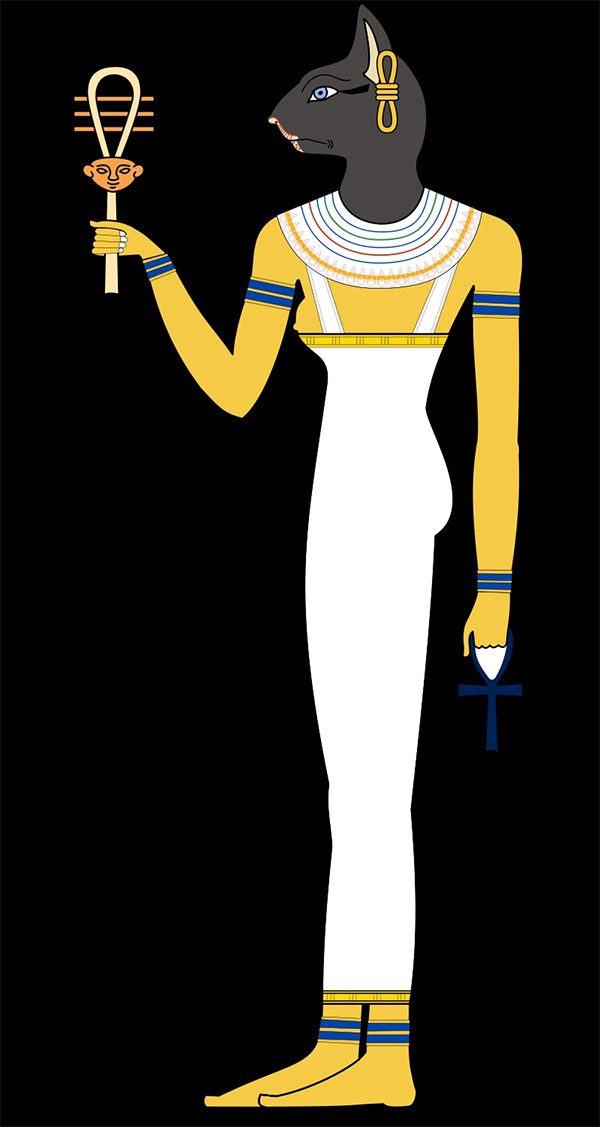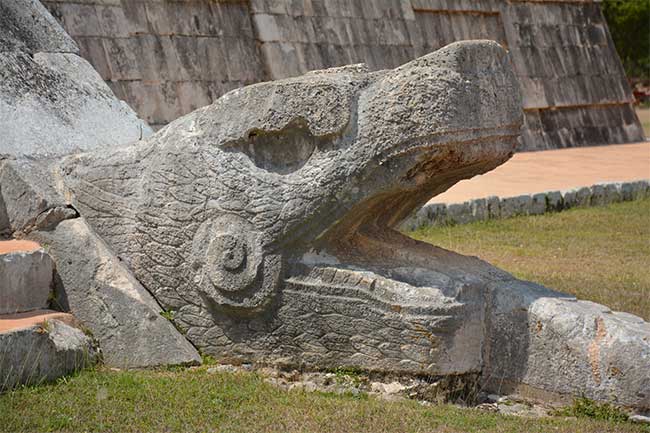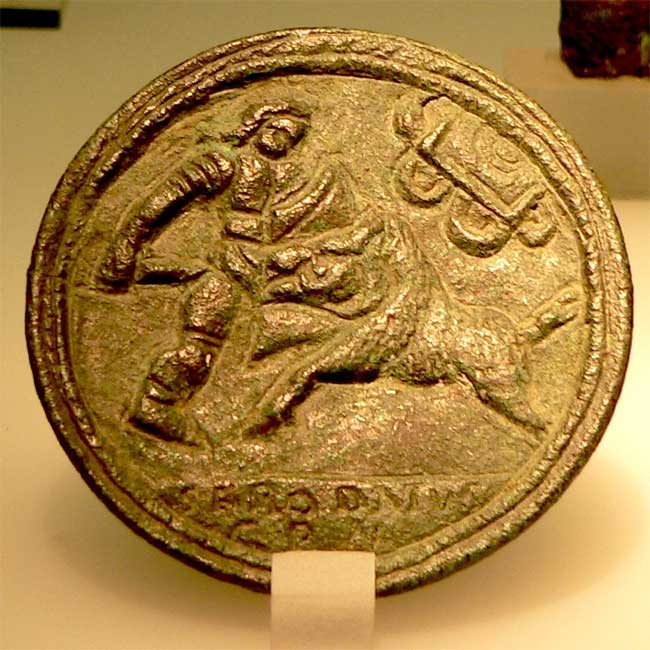The relationship between humans and the animal kingdom has remained complex since the dawn of time.
The animals we see today have existed for millennia, playing key roles in both food chains and in some of the most famous ancient civilizations.
Animals were sacred in the eyes of the Egyptians, but served as sacrificial offerings in the culture of the ancient Maya. In Rome, these creatures took on the role of gladiators, fighting amidst blood and iron to the cheers of the Roman populace. According to researchers, wild animals have been revered, exploited, hunted, and decorated since humans discovered fire.
This article will portray animals through the eyes of people from ancient cultures, drawing on data provided by the curious observations of archaeologists.

The Prudhoe Lion, also known as the Soleb Lion, is one of two granite red lion statues located at the entrance of the Soleb Temple in Nubia. The statue is currently on display at the British Museum.
In Ancient Egypt
The people living along the Nile River regarded wild animals as “the mighty forces of nature,” many of which were believed to have direct connections to the divine. This is the view of Salima Ikram, a professor of Egyptology at the American University in Cairo.
“They were seen as intermediaries between humans and the divine, representing chaotic forces that needed to be tamed and controlled for order [in nature] and the universe to continue to exist,” Ikram notes.

In addition to being protectors of the rulers, the goddess Bastet represented fertility and childbirth in ancient Egyptian beliefs.
Around 4000 BCE, when Egyptian civilization was still in its infancy, many wild animals (which would later migrate to Central and Southern Africa) thrived around the Nile Delta. This ancient Egyptian civilization hunted animals, but they recognized the importance of conservation, preventing overhunting. In fact, some species held high status in human society at that time.
For example, the Egyptians regarded lions as “the embodiment of the sun god Ra,” as well as symbols of royalty. In their eyes, male hippos represented chaos and were associated with the war god Set, while female hippos embodied the goddess Taweret, a protector of mothers and children.
According to Ikram, giraffes rarely appear in Egyptian mythology, but the hieroglyph representing the concept of “giraffe” means “to foresee”: they believed that the long neck allowed giraffes to see far and glimpse the future. Although baboons were not native to Egypt, they still played a role in the beliefs of the people living along the Nile.
“Baboons wake and stretch when the sun rises, and their red bottoms made them sacred to the ancient Egyptians, associated with the sun god,” Ikram says about the early-rising primates.
In Ancient Teotihuacan Civilizations
A study published in 2018 in the journal PLOS ONE indicated that the Maya often used animals for “symbolic purposes or in rituals.” From 1 to 550 CE, the Maya employed jaguars, ocelots, owls, roseate spoonbills, and crocodiles in their sacrificial rituals, which also represented privileges of certain classes within the ancient Teotihuacan culture (which included the cultures of various regions, most notably the Maya, Mixtec, and Zapotec; which may have formed around 400 BCE).

The statue of Kukulcan, a deity associated with feathered bodies, is the creator god in the culture of the Central American peoples. Kukulcan is also the entity that grants wind and rain to mortals.
At the tops of pyramids, the ancient Maya sacrificed creatures high on the food chain, while deer and crocodiles were commonly used in sacred burial rituals led by shamans. The ancient Maya even buried animals alongside the deceased to prepare food for the afterlife.
According to the authors of the report, “the ocelots and jaguars in the Copan area, where the Maya lived, show evidence of both captivity and a broad trade system, indicating that the trade of carnivorous animals played a significant role in rituals across Central America.”
In Ancient Rome
In the eyes of the ancient Romans, wild animals were always accompanied by a grand spectacle. From the early days of the Roman Republic, elephants began to enter human life, gradually becoming important creatures by the end of the Roman Republic, when Julius Caesar was in power.
Around 509 BCE, the ancient Romans held parades honoring the dead with tigers, leopards, lions, and crocodiles. When brought to the arena, these ferocious animals became part of the live performances.

In addition to melee battles between humans, the form of entertainment known as “venatio” – hunting wild animals – was a highly anticipated event. No one guaranteed the safety of those daring enough to attend venatio. In the image, a medallion depicts a hunter facing wild beasts in the arena.
Contemporary animal traders traveled as far as Africa to capture wild animals; historical records indicate that nearly 9,000 wild animals were brought to Rome during the reign of Emperor Titus (around 79 CE). According to research published in the journal Greece and Rome, the trade of wild animals at the end of the Roman Republic had somewhat become a thriving industry, as much of the community enjoyed the wild gladiatorial displays in the famous arenas.
The authors of the study noted that similar to the gladiatorial contests that became an essential form of entertainment, “the organization of animal hunts […] was formalized in the later stages of the Republic, with the responsibility for providing animals [for the arena] falling to local officials.” Historical documents show that Lucius Cornelius Sulla Felix received 100 lions for entertainment purposes from King Bocchus of Mauretania (modern-day Algeria).
Having been aware of their surroundings early on, humans soon connected the majestic creatures of the wild with invisible spiritual forces. From Africa and Europe to the distant Americas, the kingdoms of humans and animals have coexisted since the dawn of time, each holding a certain level of respect for the other.
Whether venerating their beauty or using animals in significant rituals, the complex relationship between humans and animals has formed over time, and it may very well continue until life itself ceases to exist.


















































